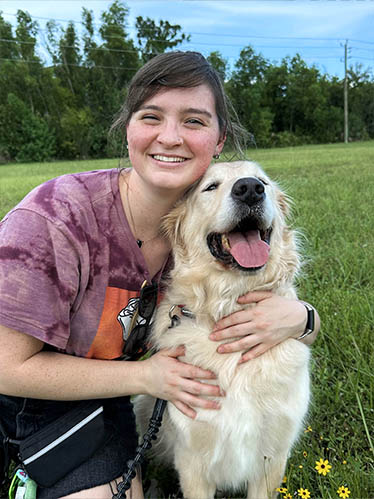
Understanding the Emotional Connection Between Pets and Their Owners
The Bond
The bond between humans and animals is a powerful and deeply rooted phenomenon that has fascinated researchers for decades. From the loyal dog waiting eagerly at the door to the purring cat curled up on the lap, pets hold a special place in our hearts. But what exactly is the science behind this unique emotional connection? In this blog post, we’ll explore the fascinating world of pet bonding and uncover the scientific mechanisms that underlie the profound relationship between pets and their owners.
The Evolutionary Origins of Pet Bonding
To understand the bond between humans and animals, we must first delve into our evolutionary history. Humans have shared their lives with animals for thousands of years, dating back to the domestication of wolves into dogs and the taming of wildcats into companionable felines. This close association has led to the development of mutualistic relationships, where both humans and animals benefit from each other’s companionship and support.
Oxytocin: The Love Hormone
One of the key players in the bond between humans and pets is oxytocin, often referred to as the “love hormone.” Oxytocin is released in both humans and animals during positive social interactions, such as petting, playing, and cuddling. Research has shown that levels of oxytocin increase in both humans and their pets during these bonding activities, leading to feelings of trust, affection, and attachment.
Biological Benefits of Pet Bonding
Beyond the emotional benefits, pet bonding also has tangible effects on our physical and mental well-being. Studies have found that owning a pet can lower blood pressure, reduce stress levels, and improve overall cardiovascular health. Additionally, the companionship of a pet can alleviate feelings of loneliness and depression, providing a sense of purpose and companionship, especially for individuals living alone.
The Role of Attachment Theory
Attachment theory, originally developed to explain the bond between infants and their caregivers, has also been applied to the relationship between humans and pets. According to attachment theory, the quality of the bond formed between an individual and their pet is influenced by factors such as consistency, responsiveness, and trust. Pets provide a secure base from which their owners can explore the world, offering comfort and support in times of need.
Cognitive Abilities of Pets
Recent research has revealed that pets, particularly dogs and cats, possess sophisticated cognitive abilities that enable them to form complex social bonds with humans. Dogs, for example, are highly attuned to human emotions and can interpret subtle cues such as facial expressions and body language. Similarly, cats demonstrate social intelligence and can form strong attachments to their owners, despite their independent reputation.
Conclusion
In conclusion, the bond between humans and pets is a multifaceted phenomenon shaped by evolutionary, biological, and psychological factors. From the release of oxytocin during bonding activities to the mutual benefits of companionship and support, the science of pet bonding offers a fascinating glimpse into the emotional connection that enriches our lives. By understanding the mechanisms underlying this bond, we can cultivate deeper relationships with our beloved animal companions and experience the profound joy they bring to our lives.
Sources:
- Nagasawa, M., Mitsui, S., En, S., Ohtani, N., Ohta, M., Sakuma, Y., … & Kikusui, T. (2015). Oxytocin-gaze positive loop and the coevolution of human-dog bonds. Science, 348(6232), 333-336.
- McNicholas, J., & Collis, G. M. (2000). Dogs as catalysts for social interactions: Robustness of the effect. British journal of psychology, 91(1), 61-70.
- Powell, L., Edwards, K. M., & Bauman, A. E. (2008). Dog ownership and the risk of cardiovascular disease and death—a nationwide cohort study. Circulation: Cardiovascular Quality and Outcomes, 1(1), 21-27.
- Archer, J. (1997). Why do people love their pets?. Evolution and human behavior, 18(4), 237-259.
- Bowlby, J. (1988). A secure base: Parent-child attachment and healthy human development. Basic books.
Find Peace of Mind: Book Expert Pet Sitting Now
Experience peace of mind knowing your furry friend is in good hands with Qualified Pet Services. Book now for our expert pet sitting services and ensure your pet receives the care they deserve. Simply fill out our convenient Booking Request Form to get started!


